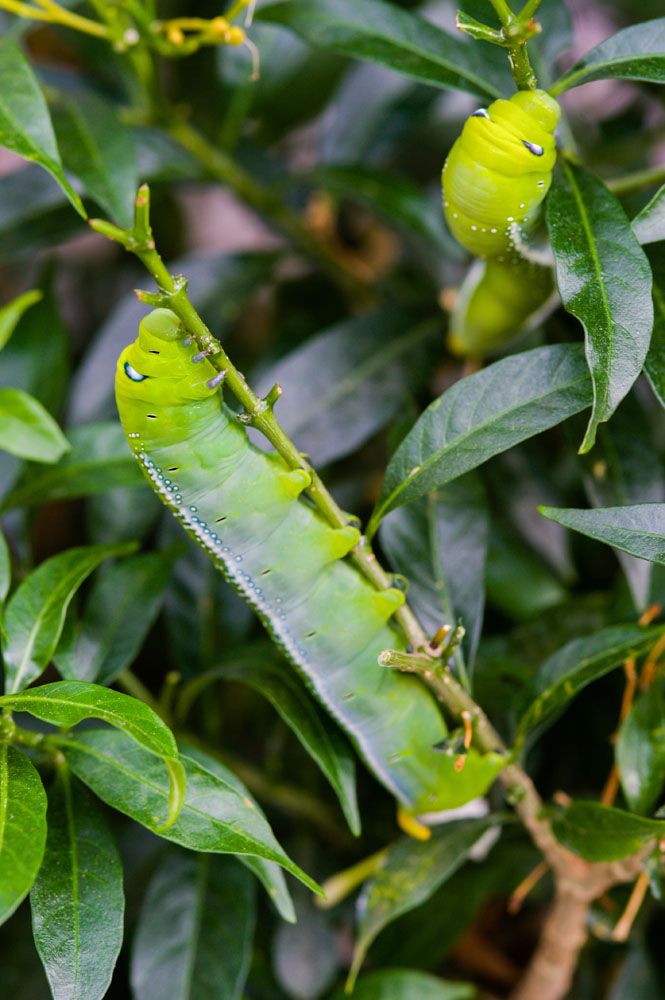
Green Fruitworm – Lithophane antennata
Green Fruitworm: Appearance, Territory, Damage and Life Cycle
Latin Name: Lithophane Antennata
Appearance: There are at least three species of noctuid moths known as green fruitworm (GFW) on apple in North Carolina, with the most common being the speckled green fruitworm (Orthosia Hibisci), the wide striped green fruitworm (Lithophane Antennata), and the humped green fruitworm (Amphipyra pyramidoides). While these three species are the most common causes of damage, there are other species that are sometimes referred to as green fruitworms. GFW are typically thought to be intermittent pests that do not appear every year. Fruitworm damage, on the other hand, was quite frequent in North Carolina from 2010 to 2012, a period when more damage was detected than at any other time in the previous 25 years. In recent years, there has been very little damage.
The adult L. Antennata has blue or steel gray wings with faint speckled patterns. The light green larva resembles O. Hibisci, but the white stripes and dots are more apparent, and there is a wide white band down each side.
Hosts Plants: The most prevalent is the speckled green fruitworm. Hosts II: Apple, cherry, plum, pear, apricot, strawberry, quince, willow, birch, poplar, balsam, alder, choke cherry, and maple are among the many hosts. When population concentrations are at their highest, populations tend to overflow into orchards.
Territory: The Northwest is home to three kinds of green fruitworms: the speckled green fruitworm, the pyramidal fruitworm, and the green fruitworm. They may be found in temperate fruit-producing regions of the United States and Canada.
Damage Insect Cause: All deciduous tree fruits are attacked. Larvae feed on young leaves (B) and dig tunnels in buds and early fruit, typically leaving a symmetrical circular hole; fruit drop when the core is wounded, or continue on the tree and develop corky scars if not affected. If required, use broad-spectrum or selective (e.g., Bacillus thuringiensis) pesticides before or after bloom.
Life History and Habits: In general, these insects have a diverse host range that includes deciduous shade, woodland, and fruit trees and shrubs. Some species, such as the humped green fruitworm, lay eggs in the late fall and hatch larvae at the end of the growing season. Other species emerge as adults at the green tip in early spring and deposit eggs on twigs and leaves until early bloom. Larvae eat on both foliage and fruit, causing fruit damage at any time between early fruit set and first cover.
